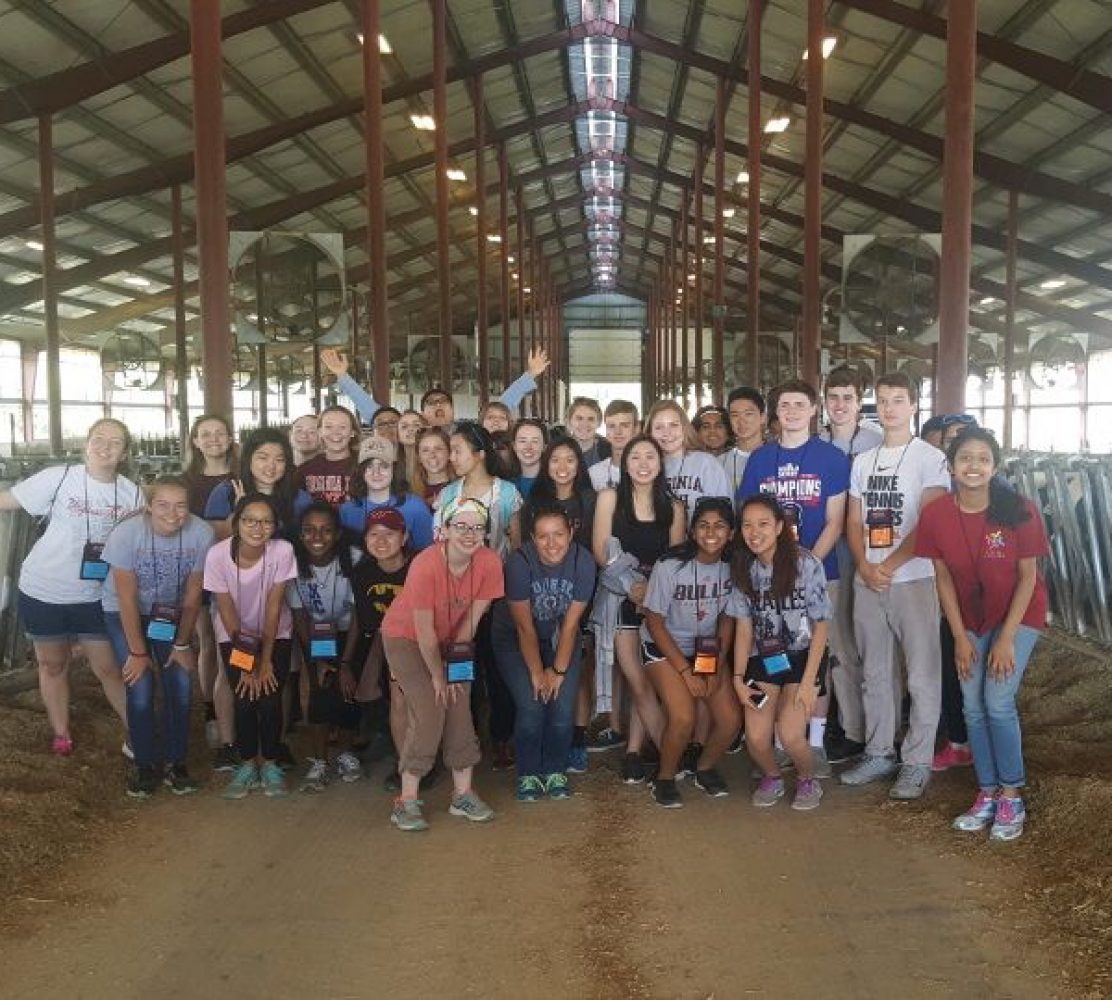Honestly, going into Governor’s school I believed the agricultural field consisted of farmers, harvesting crops, and taking them to market. Governor’s school has given me many opportunities to explore new ideas and even the outcomes. My Global Seminar project assignment was to discover the ways that agricultural practices can limit greenhouse gas emissions. We soon learned that cows are actually the leading factor of greenhouse gas emissions in agricultural practices. It’s not transportation or fertilizer, but cows. This opened my eyes to the true extent of how everyone is affected by the agricultural field and its outcomes.
Before Governor’s school, I was quite oblivious to the logistics of the farming subject, so much so that I thought that bulls and cows were different species. It’s because of Governor’s school that I was truly opened up to the agricultural world rather than assuming it’s all about farming. I could go on about the information I’ve learned so far such as GMOs and watershed preservation, but what fascinates me the most is how big of an impact livestock have on greenhouse gas emissions.
One doesn’t know the true effect of cattle methane production until shown the bigger perspective. Cows release about 70 to 120 kg of methane a year and 100 kg of methane correlates to 2,300 kg of carbon dioxide a year. Along with tha t, land clearing for pasture and farmland contributes to 2.8 billion metric tons a year!
t, land clearing for pasture and farmland contributes to 2.8 billion metric tons a year!
By being given a bigger aspect of farming, I am able to change my perspective of the agricultural field. I now understand the impact agriculture has on daily life and the action that should be taken in order to create a brighter and efficient future.
Citation: “Are Cows the Cause of Global Warming?” Time for Change, timeforchange.org/are-cows-cause-of-global-warming-meat-methane-CO2.
This blog post was written by Hannah Lee, a 2019 Virginia Governor School student
Edited by: Dami Alegbeleye, a Ph.D. student at Virginia Tech (ALCE)
